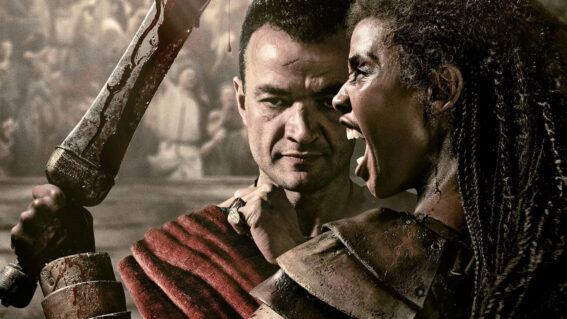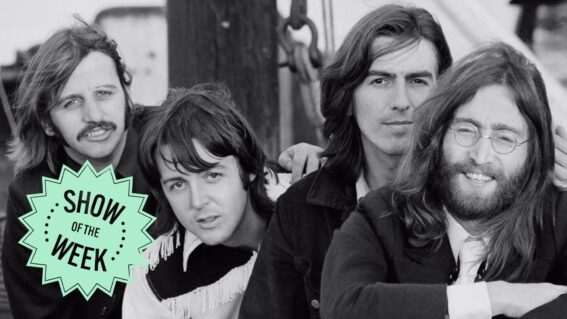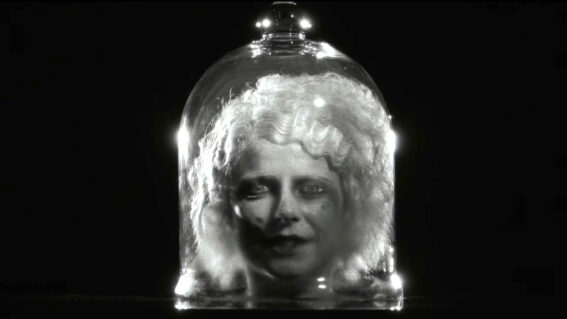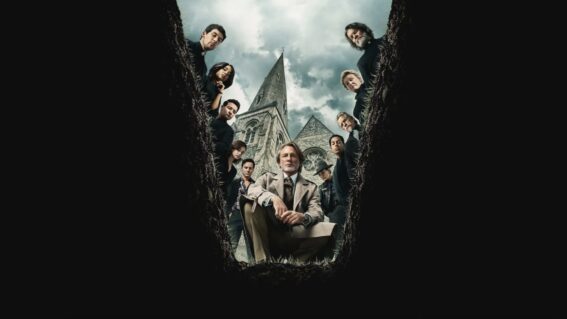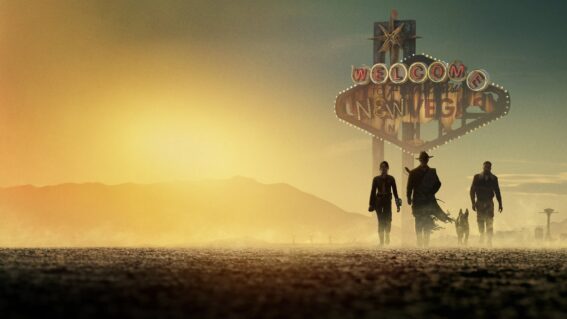Danny and Michael Philippou tell us about their new horror Bring Her Back
The Talk To Me filmmakers join us to talk about the serious horror of Bring Her Back – and laugh (and laugh) about… well, you’ll see.
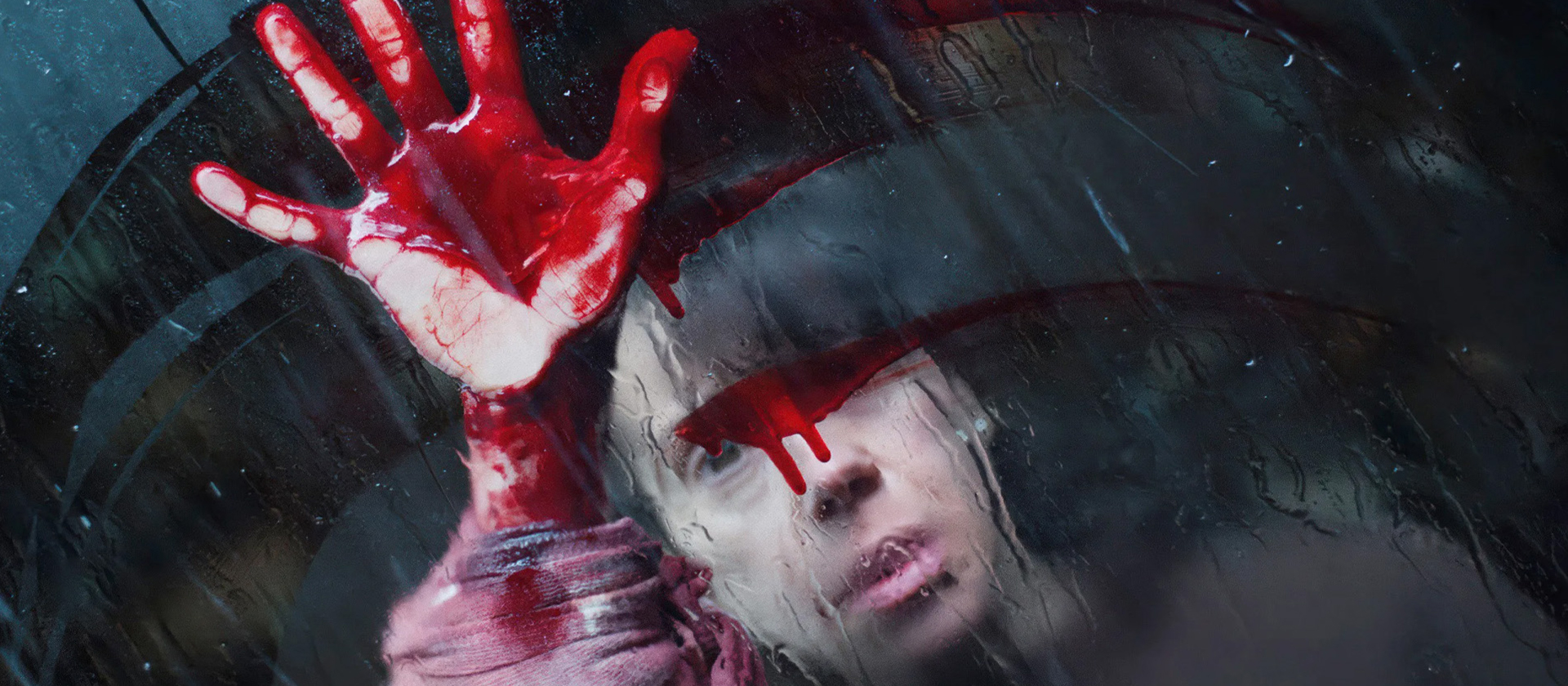
Folks from Flicks don’t often spend precious interview time advocating for other movie apps, but that’s exactly where I find myself when talking to Danny and Michael Philippou.
Our interview’s barely begun when I ask the filmmaking twins behind recent horror smash Talk to Me (and before that, the hit YouTube channel RackaRacka) about a very different app to Flicks. “Are you guys familiar with the app Pee Times?”
How exactly did the three of us end up here?
“It’s an app that tells you when you can go to the toilet during a movie,” I explain, “Like, it tells you, specifically, the time codes.”
The reactions are strong and simultaneous: “Wowwwww!” (Michael); “Whaaaat?!” (Danny).
How exactly did the three of us end up here? We’re catching up again after first chatting Talk to Me when it released back in 2023 and my subsequent in-depth conversation at the following year’s Big Screen Symposium.
This time, it’s all due to their new pic, the once-again Australian-set horror Bring Her Back.
‘A brother and sister uncover a terrifying ritual at the secluded home of their new foster mother,’ reads the official synopsis for the brothers’ new film, a description that proves accurate (if a little innocuous) after seeing it. The gore’s grunty, even for a seasoned horror fan (earning the film an R18 rating in Aotearoa and MA15+ in Australia), and the grief and emotion palpable. But, as I discovered at the screening, Bring Her Back is a film that could use a little prior personal planning before seeing.
As I tell Danny and Michael, I’ve got a bit of a bone to pick with them: “I just want to preface this by saying that I’m fully toilet trained… but this was a terrible film to need to go to the bathroom during from about the halfway mark onwards.”
The pair crack up, a familiar sight to anyone who’s seen them interviewed before.
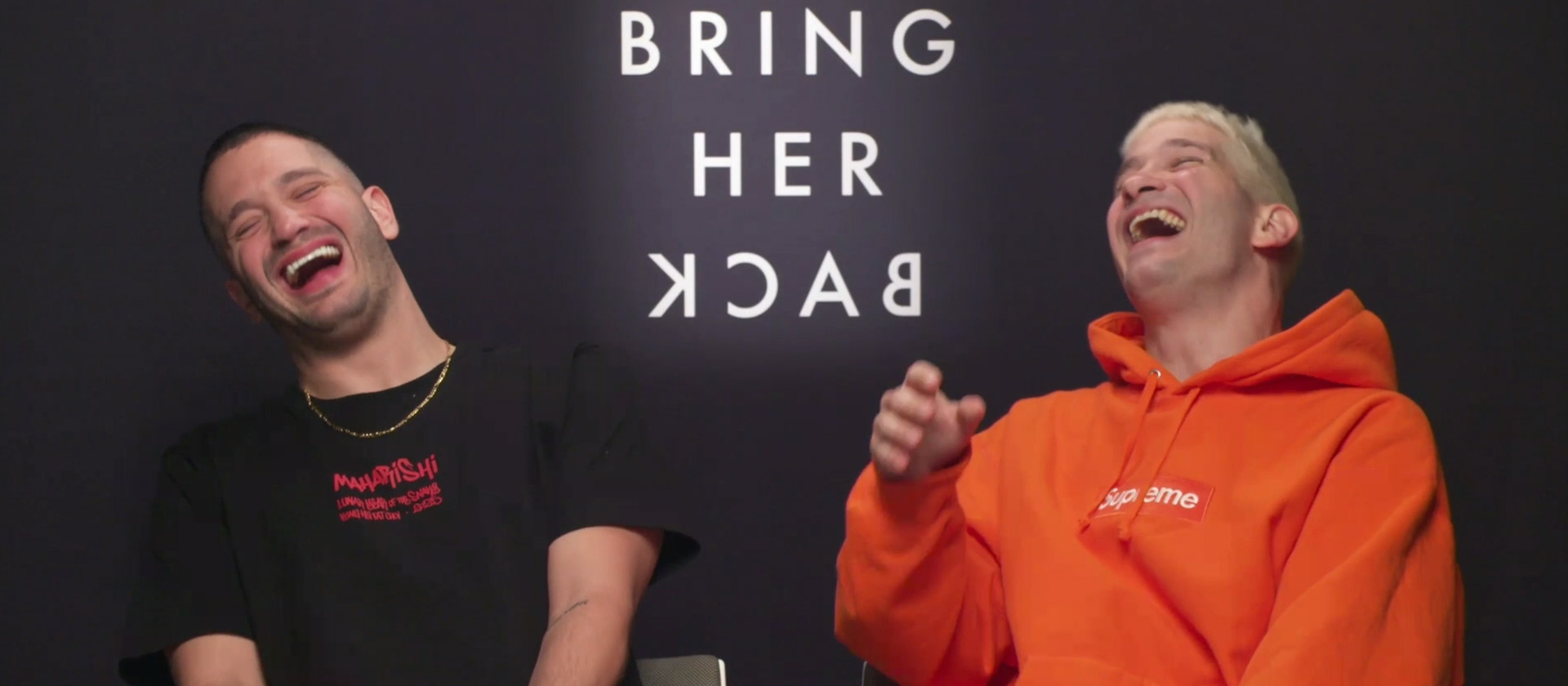
“I take my hat off to you for staying in the cinema while needing to go to the toilet,” says Danny, before his brother interjects: “Who said that he did, though?”
“Oh, he walked out?” Danny queries. “Well, shame on you!”
I was happy to confirm that I made it through the film without leaving the cinema, but explained my uncomfortable predicament: “I suffered, but that was because we’ve got pants pissing in the film itself…”
“We do,” Danny confirms.
He’s now really pissy about this
“Then we’ve got pants pissing terror, and we’ve got pissing down rain for the third act,” I rattle off. “Very challenging.”
“That was a motif for this film,” Danny says, “a lot of piss.”
Michael interjects: “You know that thing, right? You know that when you hear running water, it makes you need to go to the toilet?”
“He knows!” Danny says, accurately. “That’s what he’s saying. He’s now really pissy about this.”

I confirm that I couldn’t get to the bathroom fast enough as the credits rolled, something that wasn’t just because of the watery impacts on my brain-bladder axis and periaqueductal gray. Instead, my increasing discomfort was due to not wanting to miss a beat of their engrossing new horror.
It’s almost as if I needed someone, or something, to tell me when I had time to dash in and out of the cinema, which brings us full circle to… Pee Times.
While Bring Her Back isn’t listed in the app yet, it recommends two points during Talk to Me at which you can answer the call of nature with minimal disruption to understanding the film. “23 minutes, 20… 52 minutes… anyway, just something to think about, I guess,” I share, to the brothers’ immediate interest.
“Oh my God,” says Michael. “I want to know what those scenes are.”
And, committing to downloading the app, Danny claims he needs to wee constantly (“I usually just wear a nappy,” offers Michael).
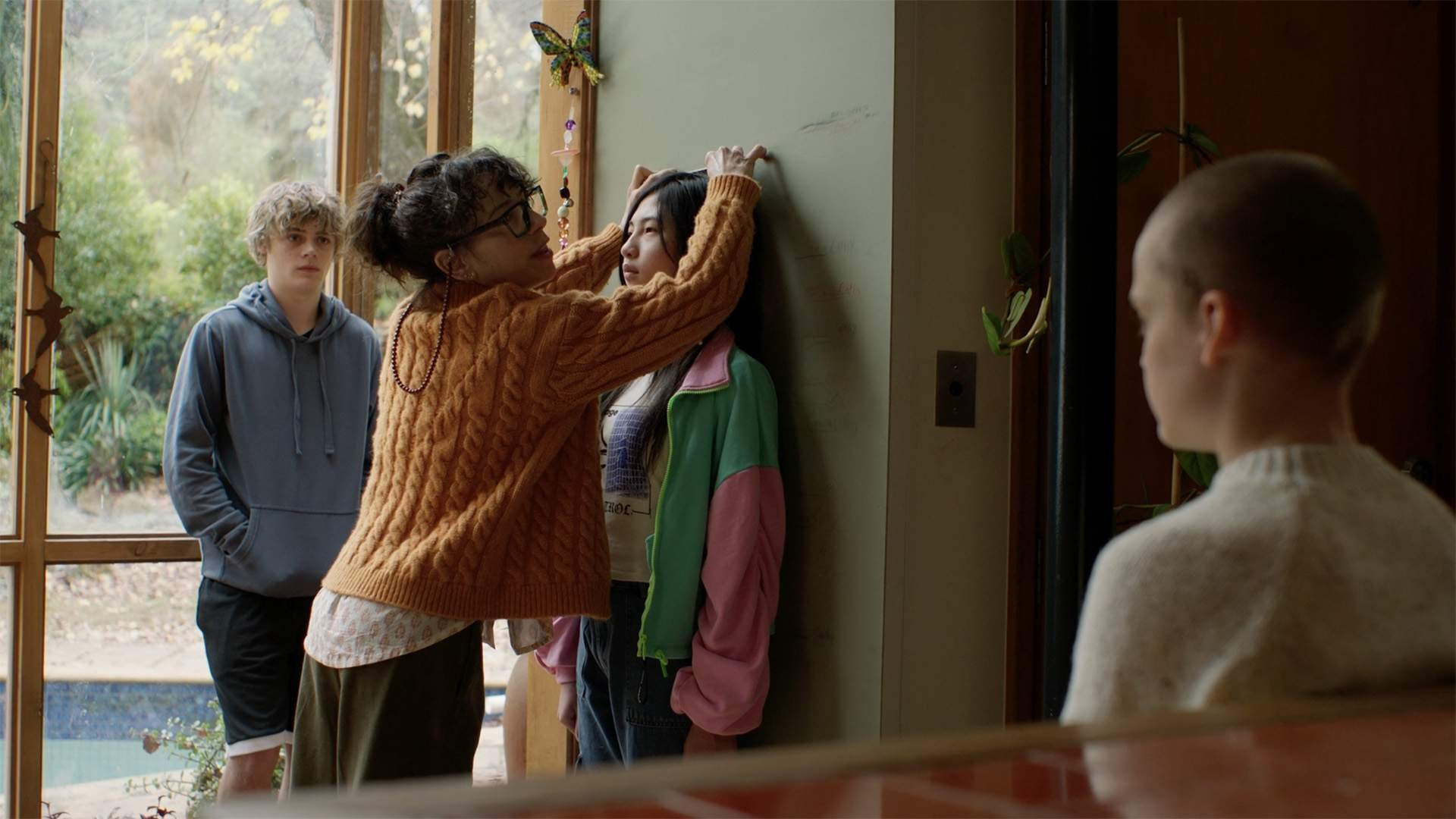
At this point, I felt the most appropriate (or was that inappropriate?) segue out of all of this was to talk about esteemed actor Sally Hawkins (Paddington, The Shape of Water). Acknowledging how much of a delight it was to see her in this film, I ask what the initial pitch was to bring her into Bring Her Back.
“Good question,” Danny replies. “But I just want to circle back to circle back to the pee again…. No no no, she’s such a powerful character actor, every character she plays is completely different, and she’s able to embody all these different people.” The idea of having Hawkins’ skill set for the film was exciting, he elaborates, but the filmmaking brothers didn’t think they would possibly get her. They reached out nevertheless, and as we know now, got the response they were after.
“She got back to us, and said she loved it,” Danny says. “She connected with it on a character level, and wasn’t thinking about it even as a genre film.” Describing their work together the most remarkable, beautiful collaboration, he shares that the big fear of the film was letting her down…
As we discover in the film, Hawkins plays Laura, a former social worker who takes in siblings Piper (Sora Wong) Andy (Billy Barratt) as foster kids, but is (mis)managing her own trauma: the loss of her birth daughter. With that info and the film’s title and genre in mind, you might be able to make an educated guess about the general direction things are heading in…
We get glimpses early on of some intensely gnarly rituals captured on VHS tape, a physical media artefact that Laura studies intently to learn its occult secrets. The production value of the VHS footage is far from pristine, but it’s sophisticated enough to be subtitled, suggesting some kind of samizdat underground tape trading network.
“Laura is really overwhelmed by what she has to do,” Danny says, “and I don’t think she entirely understands the ritual and the intricacies of it. Like, to summon something like that, you probably need a group of people that are helping—people that have experience in that field and know what they’re doing. She’s going off of this tape, and she’s trying to figure it out.”
He makes the comparison that it’s like trying to perform heart surgery by just watching a tutorial video. “There’s so many different things that could go wrong, so many different things that she’s not in control of. She’s in out of her depth—and that feels like us as filmmakers. We constantly feel like we’re out of our depth.”
Michael may not like me saying this…
As we chat about that concept of an underground tape network, I ask if there’s anything we should be thinking about that might not be apparently obvious.
“Well, I will say this,” Danny replies. “Michael may not like me saying this… but there is a website that comes up on the screen. You may or may not be able to visit that in real life. So there’s a whole other world that this film is based in that you may be able to explore. Maybe, we don’t know.”
Ironing that stuff out and building it is such a fun part of the process for them, I’m told, with Danny loving that there’s a whole world that exists outside of the movie.
“It’s the same as a character,” Michael says, picking up the thread. “For a character in a movie, in a specific scene, you need to know all those moments in the characters life that led up to this moment.” It’s the same with lore, like these video tapes, Michael continues—you need to know the history and the backstory.
“It’s always important to build that stuff out and then give glimpses of it,” Michael continues. “And, yeah, there are hints to people that want to know more. They’re in there, but it’s not told in an overt way.”
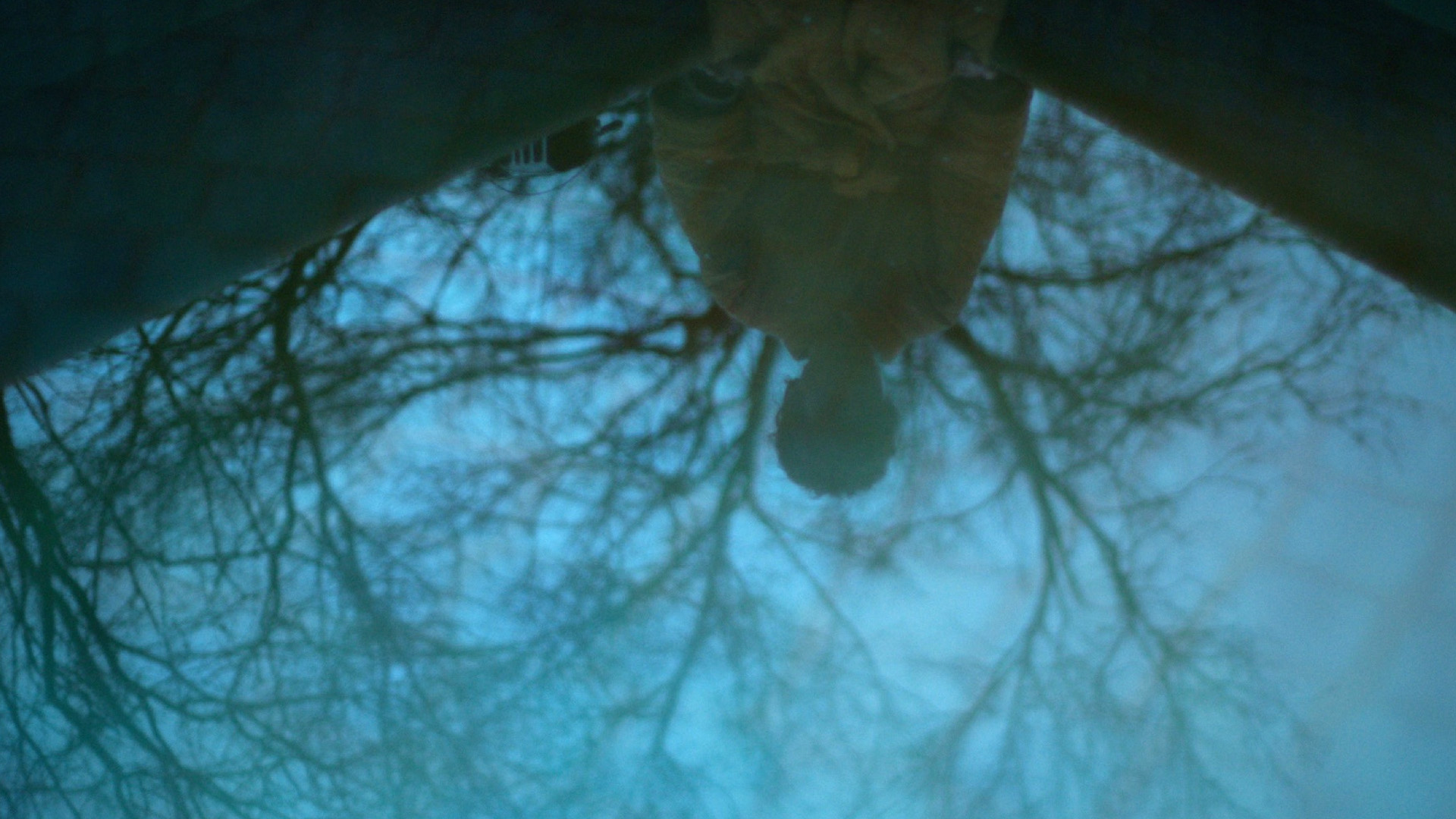
As Laura obsessively rewinds and rewatches the tape, I’m tempted to draw a comparison to budding filmmakers trying to reverse engineer a movie. I ask the Philippous if they used to go back to figure out and deconstruct how certain scenes were done.
“We used to do that when we were kids,” confirms Michael: “So much, especially with gore. You see these movies, like, ‘What?! Why does that look so good? How are they doing that?’—and then recreate it with a tomato sauce bottle.”
The first thing Danny remembers trying to properly recreate was Buffy the Vampire Slayer, turning vampires into dust, back when he was 11 or 12: “That was one of the first things that I tried to mimic.” There’s so many things that live in your DNA from watching so many films, he says—before crediting an Aotearoa icon’s impact.
“Xena: Warrior Princess was such a big deal, like that actually had an influence on my YouTube channel. It’s so weird, but it did.”

Whether Bring Her Back is going to be a great influence on 11- or 12-year-olds is debatable, thanks to its confronting content. As I put it to the brothers, they’re “fucking up a child onscreen more than I’ve seen in a film for quite a long time”, through quite a protracted period of Bring Her Back.
“I could ask, ‘What’s wrong with you?’ but it’s too easy a question,” I say. But I do want to know more about why making the trauma inflicted on a child is such a key part of this film.
There’s real-life consequences to the stuff that is happening
Thematically, Laura’s turning this kid into a monster, Danny explains: “Even when he may or may not escape it, he’s going to live with those scars for the rest of his life”. There’s a cycle that’s happening, it’s ugly, and they could represent that visually in a really powerful way.
“Part of the horror genre is that you can push those boundaries a little bit,” Danny says, referencing Ozploitation films of the 70s and 80s as feeling really raw, really real. “The films feel dangerous, and you don’t feel babied. It doesn’t feel like you’re over-censoring or being too gentle, like, it makes the horror real, and it makes the world scary—there’s real-life consequences to the stuff that is happening.”
What’s so amazing about the horror genre, according to Danny, is that showing and expressing these things doesn’t require putting them into words—the visuals can be powerful enough.
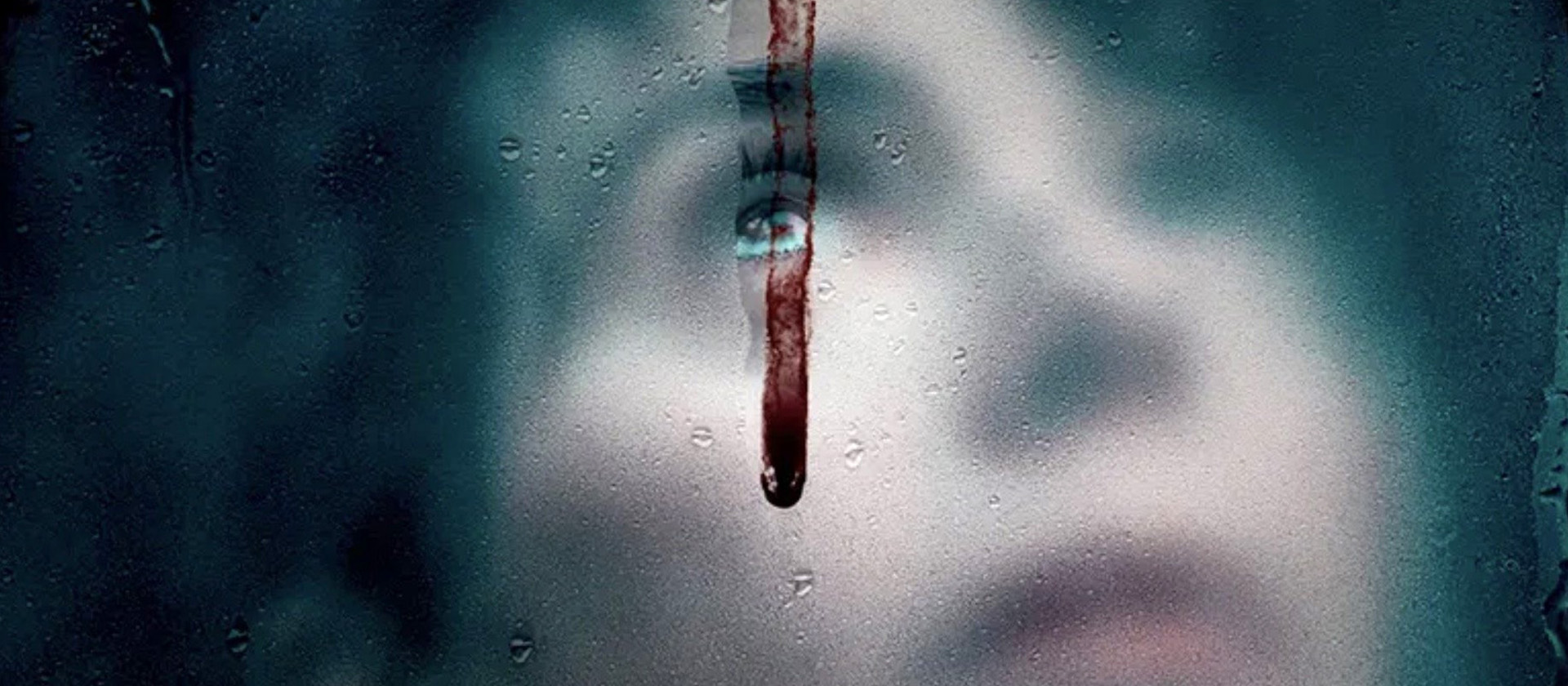
Well, no disrespect to the words in Bring Her Back’s screenplay—I can confirm that when it gets really grunty, the visuals are indeed powerful enough. For some viewers, maybe too powerful… That was the case with Talk to Me, too, and like that film, Bring Her Back relishes the creepiness of its Australian setting. I asked Danny about the importance of utilising a setting that he knows so well.
As he explains, all fears are based in places that you’re from—it feels weird to write about a place you don’t know about and haven’t lived in. “There’s so many different woods that I’m terrified of,” he shares. “So many houses that I’ve been in that I find really creepy—just the architecture and the surroundings. I love that it feels familiar and terrifying at the same time.”
“And I love how homegrown everything is. Yeah, that’s what I think makes the films feel a bit more unique or stand out a little bit. I think.”

When we spoke about Talk to Me, the red carpets were being rolled out for the Philippous in Hollywood and there were also sorts of options being talked about as to what they were going to make next. I’m glad it was Bring Her Back—it’s a great watch and one that shows they have plenty more of their own filmmaking instincts and worldbuilding to offer. So, as our time draws to a close, I ask how it feels for their second film to be another original film of theirs—and, more than just that, another Australian film.
It’s always important that it’s something that’s authentic and real
“With YouTube, we were able to get so many of those little ideas out of our head and onto the screen—fight scenes and moments and rigs and things like that,” Michael replies. But there’s a lifetime of film ideas in our heads as well. They won’t leave your head until you make them.”
They’re boiling away, he tells me. “You put them in in script form and we’re so grateful to be in a position to be able to make them, you know. Then they get out of your head, and it’s like ‘which one feels right to be your next thing to put your heart and soul into for two years?’”
“Then you can get it out of your head and onto the screens. And it’s always important that it’s something that’s authentic and real.”
INTERVIEW EDITED FOR LENGTH AND CLARITY













